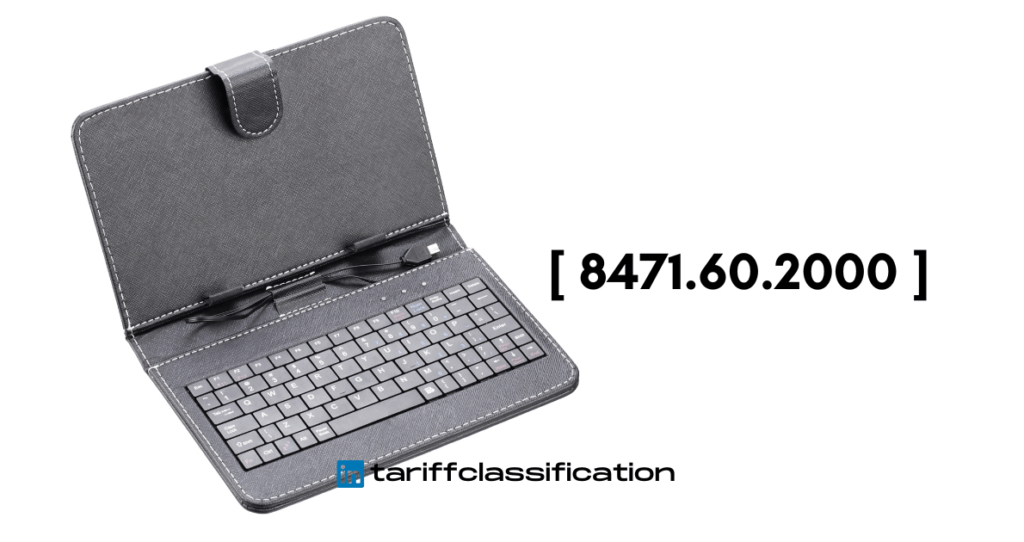Tariff Classification of Costumes
Tariff classification is an important consideration when it comes to costumes used in festivals. This is because different costumes will be subject to different duties, taxes, and fees depending on the country in which they are being imported. Understanding the correct tariff classifications is essential to ensure that all applicable duties, taxes, and fees are […]
Tariff Classification of Costumes Read More »









